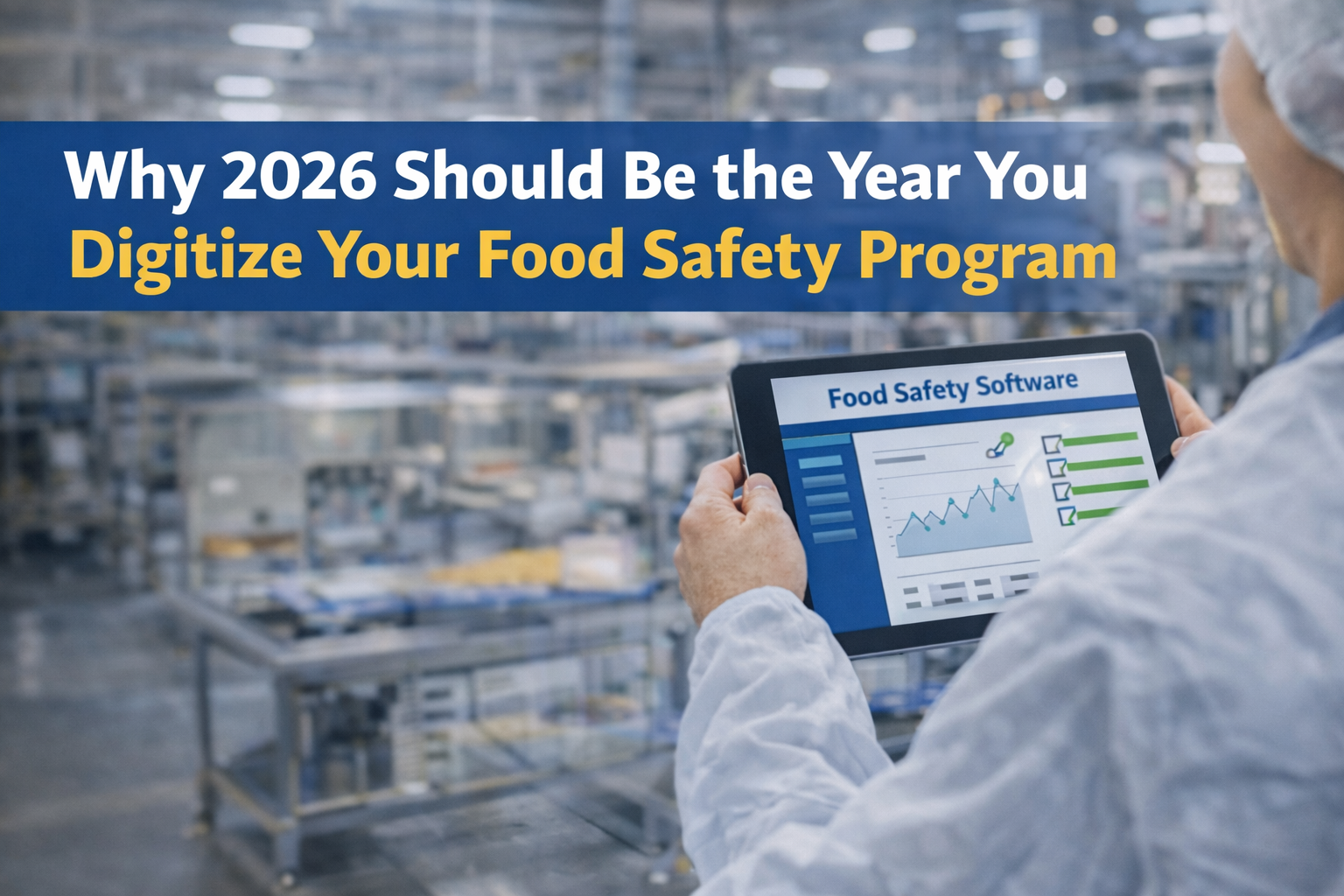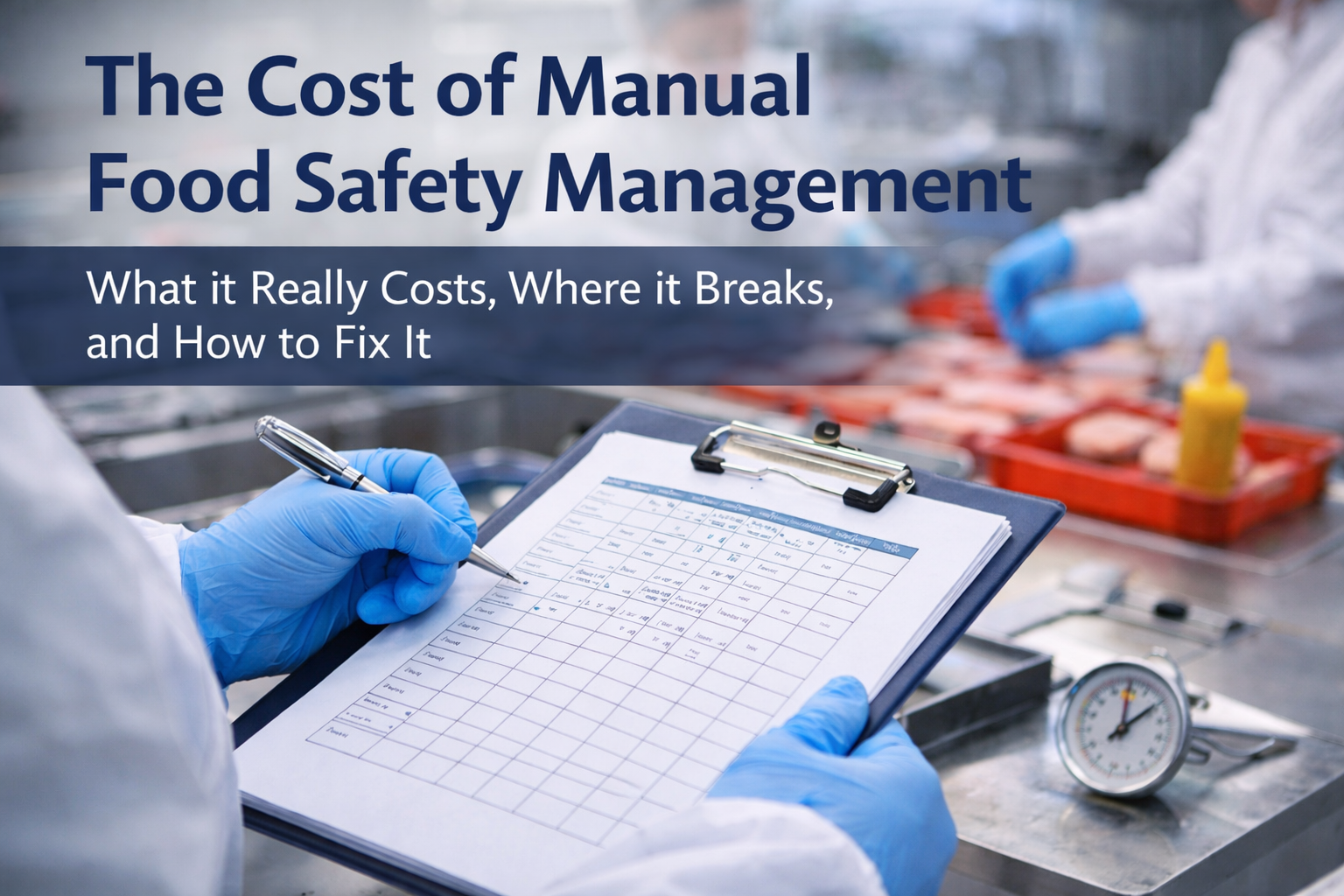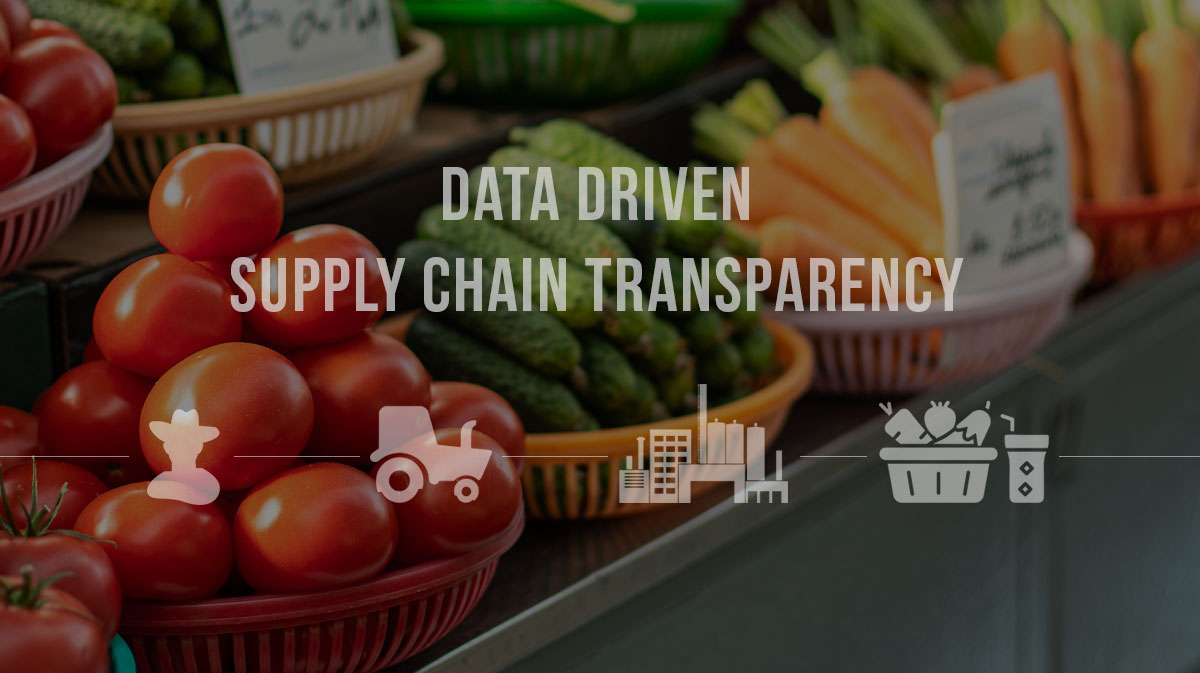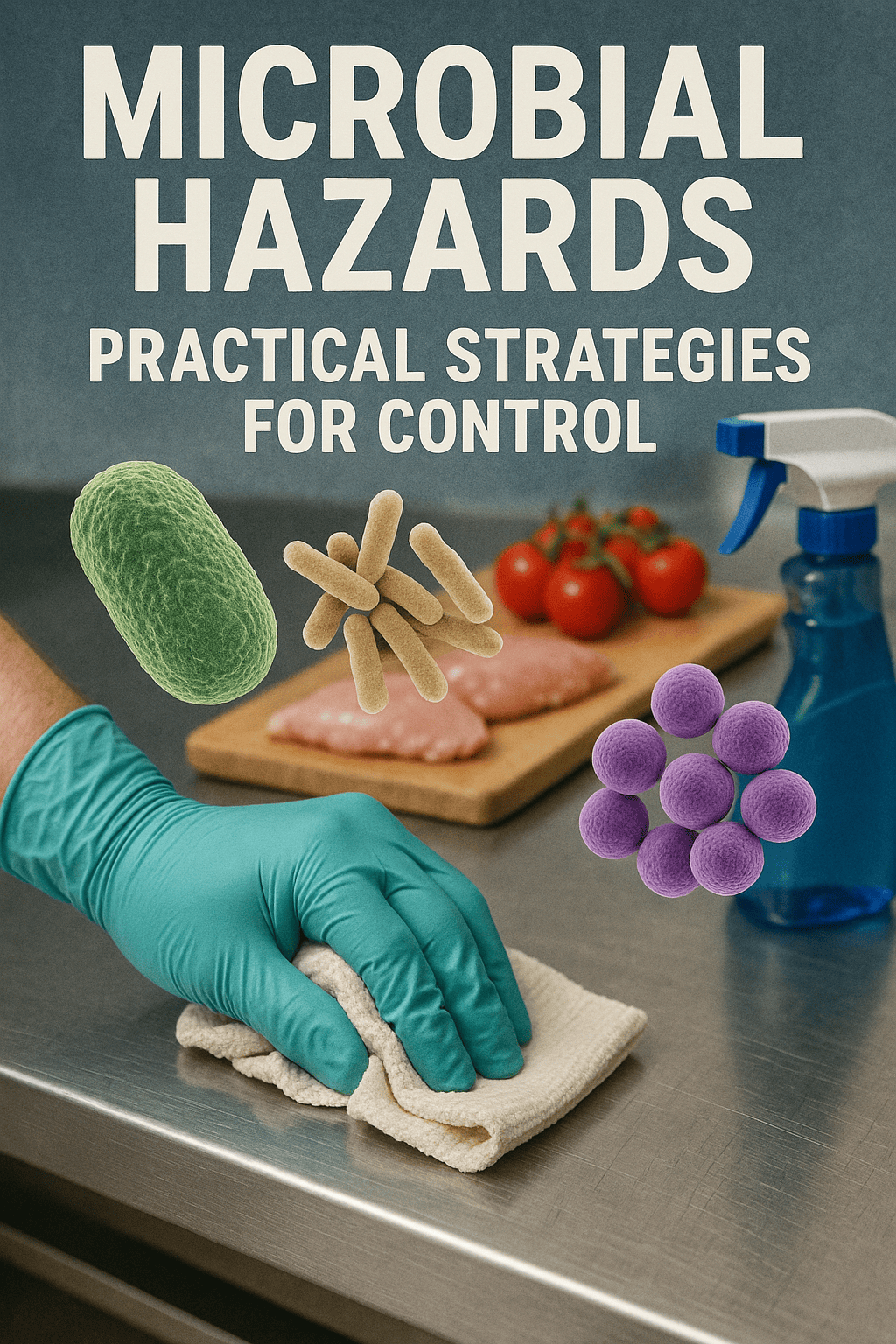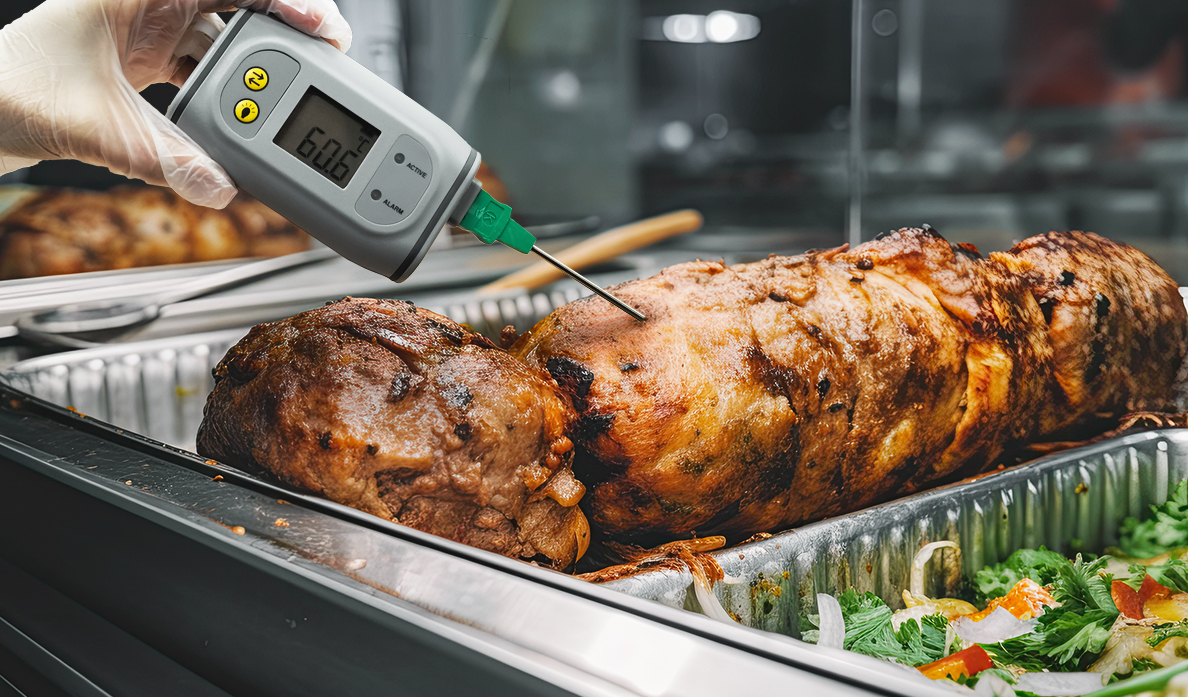Food allergens are among the most significant safety risks in modern food production. For food manufacturers, even trace amounts of undeclared allergens can lead to serious health consequences for consumers, costly recalls, regulatory penalties, and lasting reputational damage. As food safety professionals and C-level executives, understanding and implementing best practices in allergen control is not just about compliance—it’s about building trust, maintaining brand integrity, and ensuring consumer well-being.
This comprehensive guide explores the fundamentals of allergen control, presents a step-by-step framework for implementation, and highlights how tools like food traceability software can provide a competitive edge in managing allergen risk.
Why Allergen Control Matters
The rise in food allergies globally has made allergen control a top priority for regulators and manufacturers alike. In Canada, for example, the Canadian Food Inspection Agency (CFIA) identifies 11 priority allergens, including:
-
Peanuts
-
Tree nuts
-
Milk
-
Eggs
-
Seafood
-
Soy
-
Wheat
-
Sesame
-
Mustard
-
Sulphites
-
Gluten-containing grains
Failure to manage allergens effectively can result in food recalls, which account for over 40% of all recalls in North America. Beyond the immediate financial impact, the damage to consumer trust can be far more costly.
Allergen Control Explained
Allergen control refers to a systematic approach to identifying, managing, and verifying that allergens are properly labeled and not unintentionally present in products where they don’t belong. It involves managing risks during ingredient sourcing, production, sanitation, storage, labeling, and distribution.
Allergen control programs are typically part of a broader Preventive Control Plan (PCP) and must comply with GFSI-recognized schemes like BRCGS, SQF, and FSSC 22000.
Step-by-Step: Building a Robust Allergen Control Program
Here is a step-by-step guide to implementing allergen control in your food facility:
1. Identify Allergenic Ingredients
What to Do:
Compile a comprehensive list of all incoming raw materials and ingredients. Clearly identify which ones contain allergens and which might be at risk for cross-contact during handling or processing.
Example:
If your facility uses soy flour in one product line but not others, soy becomes a risk allergen requiring controls throughout the site.
Tip:
Use food traceability software to tag and track allergenic ingredients from receiving to final product shipment.
2. Map Allergen Flow and Cross-Contact Points
What to Do:
Analyze your production layout, scheduling, and equipment usage to identify potential points of allergen cross-contact—where allergens might unintentionally transfer from one product to another.
Example:
Shared mixers or slicers between gluten and gluten-free products are high-risk cross-contact points.
Tip:
Create a visual allergen map of your facility to train staff and guide production planning.
3. Segregate Allergens Through Design and Scheduling
What to Do:
Establish physical or time-based segregation strategies.
-
Physical segregation uses dedicated equipment or rooms.
-
Scheduling segregation plans allergen-free products first in the production run.
Example:
Produce dairy-free sauces before dairy-containing ones and conduct a validated clean in between.
Tip:
If full segregation isn't feasible, rely on validated sanitation protocols (see step 5).
4. Implement Strict Supplier Controls
What to Do:
Verify allergen information from all suppliers and require up-to-date allergen declarations. Conduct audits or require third-party certifications when necessary.
Example:
Ensure that a supplier of chocolate chips confirms whether their facility processes tree nuts—even if the chips are nut-free.
Tip:
Use supplier management features in food safety software to track allergen declarations and documents in one centralized place.
5. Establish and Validate Sanitation Procedures
What to Do:
Develop sanitation protocols specifically for allergen removal. Validate cleaning processes using test kits such as ATP, protein swabs, or ELISA-based allergen tests.
Example:
Swab surfaces for milk protein after cleaning if the next product is labeled as dairy-free.
Tip:
Document all validations and re-verifications in a digital system. Paper logs can easily get lost or misinterpreted.
6. Label with Accuracy and Consistency
What to Do:
Ensure all product labels accurately reflect allergen contents. Verify both pre-printed and in-house labeling systems. Validate that “May Contain” statements are used based on real risk, not guesswork.
Example:
A cookie labeled as nut-free should not be manufactured on a line shared with hazelnut-containing products unless validated cleaning is conducted.
Tip:
Create an allergen labeling SOP and use barcode or lot tracking tools to reduce mislabeling incidents.
7. Train Employees on Allergen Awareness
What to Do:
Train all employees—from line workers to sanitation teams—on allergen risks, control practices, and hygiene protocols.
Example:
Teach staff not to reuse gloves or aprons when switching from one production task to another involving different allergens.
Tip:
Incorporate allergen control into onboarding and refresher training programs. Include quizzes or evaluations to ensure understanding.
8. Establish Allergen Verification and Monitoring
What to Do:
Regularly audit your allergen control practices. Include spot-checks, documentation reviews, and lab tests.
Example:
Conduct a random test for peanut protein on a supposedly allergen-free energy bar.
Tip:
Use digital forms in your food safety software to automate and schedule verifications and maintain an audit-ready state.
9. Prepare for Recalls with Allergen-Specific Traceability
What to Do:
Ensure you can trace all ingredients—including allergens—from receipt through production and distribution.
Example:
If an undeclared allergen is found in a batch, you must be able to identify all affected lots, shipments, and customers within hours.
Tip:
Implement food traceability software like NORMEX to maintain real-time traceability and support rapid, targeted recalls.
10. Conduct Routine Internal Audits and Gap Assessments
What to Do:
Schedule periodic internal audits of allergen control policies, training, and sanitation protocols. Benchmark against industry standards or use third-party auditors.
Example:
Use audit findings to adjust production scheduling or update supplier requirements.
Tip:
Use audit management tools to generate corrective actions, track implementation, and close gaps efficiently.
Leveraging Technology for Allergen Control
Manual systems—spreadsheets, paper checklists, and whiteboards—can’t keep up with today’s complex allergen control demands. With multiple product SKUs, seasonal ingredients, global supply chains, and increasingly strict regulations, food safety software is becoming essential.
Key Benefits of Using Food Safety and Traceability Software:
-
Real-time tracking of allergen ingredients and products
-
Automated alerts for mislabeling or incorrect lot assignment
-
Digital sanitation logs with verification
-
Centralized document repository for supplier allergen declarations
-
Mock recall simulations and rapid response capabilities
At NORMEX, our platform was built with allergen management in mind. We help companies simplify complex food safety tasks while meeting CFIA, FDA, and global standards.
👉 Book a free demo today: https://normex.ca/demo
Real-World Example: Allergen Incident Prevention
Imagine a granola bar manufacturer using almonds in one SKU and producing nut-free options in others. Without clear scheduling, sanitation, and label verification, there's a risk that almond traces could contaminate the nut-free bars—leading to a Class I recall.
By implementing the steps above—especially sanitation validation, traceability, and accurate labeling—they reduce this risk to near zero.
In a real case, a U.S. company avoided a multi-million-dollar recall when their internal allergen test identified residue from a milk-based ingredient before the product reached packaging. Thanks to robust allergen controls and traceability software, the issue was contained, documented, and resolved quickly.
Final Thoughts: Allergen Control is Non-Negotiable
For food manufacturers, allergen control is no longer just a best practice—it is a business-critical requirement. Whether you produce snacks, baked goods, beverages, or ready-to-eat meals, one small oversight can result in a major crisis.
By implementing these best practices, training your staff, and leveraging digital tools like food safety and traceability software, you not only protect consumers—you also safeguard your brand and business.
If you’re ready to modernize your allergen control program and make compliance easier, we invite you to explore what NORMEX can do for your business.
👉 Request your personalized demo here: https://normex.ca/demo
Want to learn more about allergen management or food safety trends? Follow NORMEX on LinkedIn or subscribe to our newsletter for expert insights.



